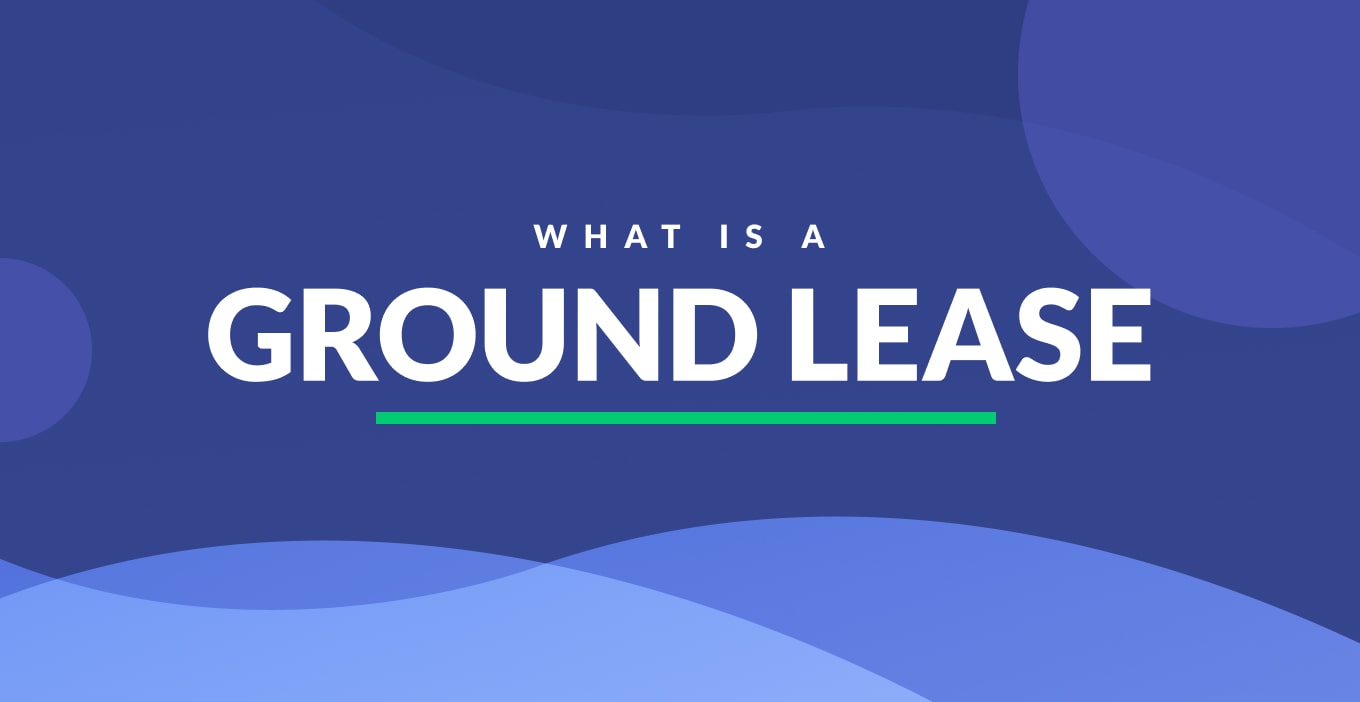What Is a Ground Lease? How It Works, Advantages, and Example
A ground lease (also called a land lease) is a long-term agreement in which a tenant leases land from a landowner and is allowed to build on or improve the property during the lease term. At the end of the lease, ownership of the improvements may revert to the landowner, depending on the terms of the lease.
🔧 How a Ground Lease Works
-
The landowner retains ownership of the land.
-
The tenant leases the land, often for 30 to 99 years.
-
The tenant typically:
-
Pays rent to the landowner.
-
Constructs or improves buildings or infrastructure.
-
Maintains and pays taxes/insurance on the property.
-
-
At lease end, depending on the lease:
-
The improvements may become the property of the landowner (reversionary ground lease).
-
The tenant may be allowed to remove them (non-reversionary ground lease).
-
✅ Advantages of a Ground Lease
For Landowners:
-
Steady, long-term income.
-
Retention of land ownership.
-
Avoids the need to sell valuable land.
For Tenants (Developers):
-
Lower upfront cost (no land purchase).
-
More capital available for development.
-
Tax advantages: lease payments may be deductible as business expenses.
🚧 Disadvantages
-
Tenants don’t own the land, which can affect financing.
-
Complex lease terms and risks of future rent increases.
-
Uncertainty at the end of the lease.
📌 Example
Let’s say a university owns land in a downtown area. A developer leases it for 60 years under a ground lease, builds a hotel, and operates it. The developer pays annual rent and maintains the property. After 60 years, the hotel and improvements revert to the university if it’s a reversionary lease.
If you’re working with clients on commercial real estate or long-term property planning, ground leases are a strategic option—especially in urban or institutional settings. Want to dive into any specific clause or lease structure?

Leave a Reply